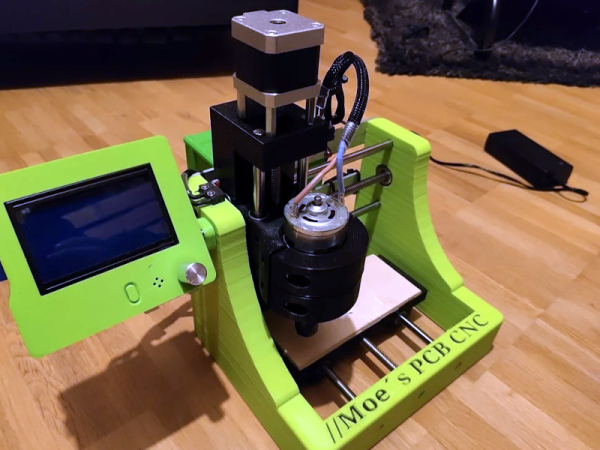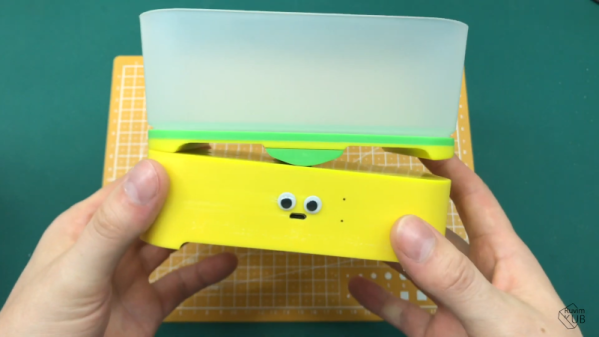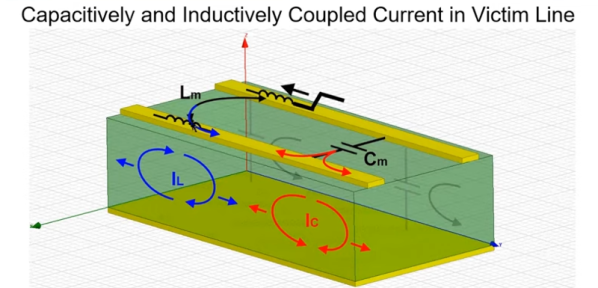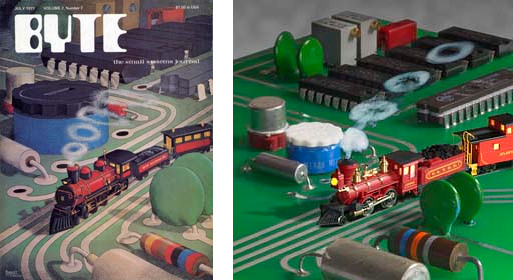Those of us who remember when microprocessors were young also recall the magazines of the era. Readers bought the magazine for content but the covers attracted attention on the newsstand. In the late 70s until the early 90s the competition was fierce, so great covers were mandatory. The covers of Byte magazine created by [Robert Tinney] were detailed, colorful, and always interesting.

[Bob Alexander] of Galactic Studios recreated one of those hand drawn covers using photographic techniques. The cover shows a steam engine, tender and caboose rolling along the traces on a PC board amidst a landscape populated by resistors, capacitors, and integrated circuits. The photographic clone recreates that image using all real components, including an HO train. The circuit, unfortunately, isn’t of a working device.
Creating this work followed all the normal hacking steps for a PC board: a mockup of the layout, designing the board, and ordering it from China. Component procurement was sometimes a hassle since some are no longer in production. The components that weren’t found on EBay were hacked.
The only image manipulation involved the HO train. It was much larger than the PC board so could not be put in place for the photo. Images of the PC board and the train were merged using software. Also added were smoke rings puffing out of the locomotive’s smokestack.
The photo is a worthy recreation of [Tinney’s] original.
For more trainy goodness, check out our own Brian Benchoff’s tour of the Siemens Model Train Club. Or for further photo-realistic modelling, have a look at this insanely detailed Ford pickup model.

















